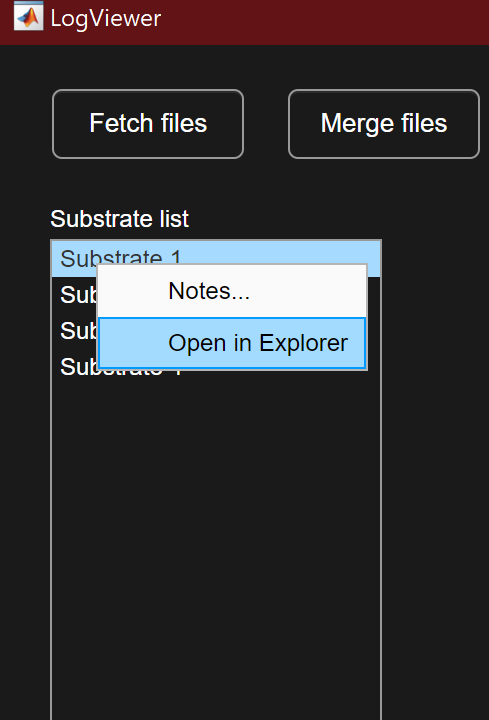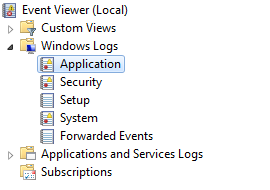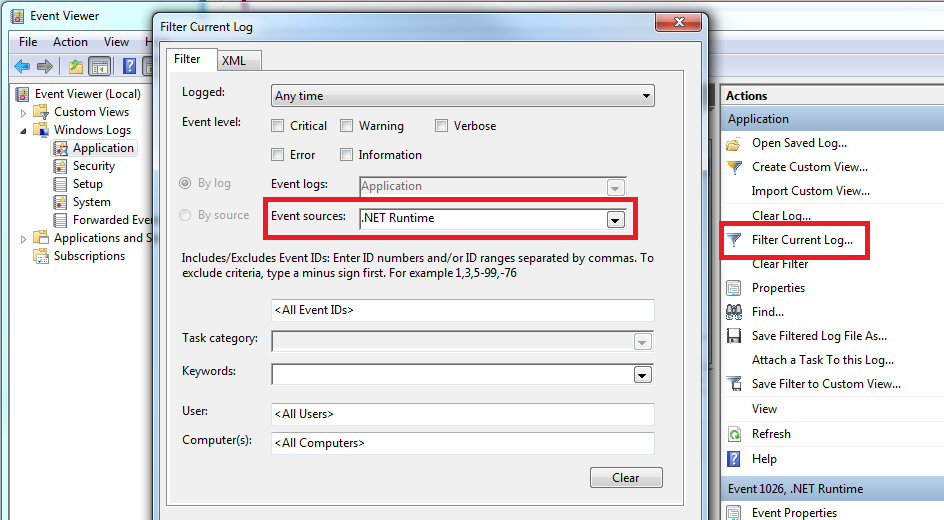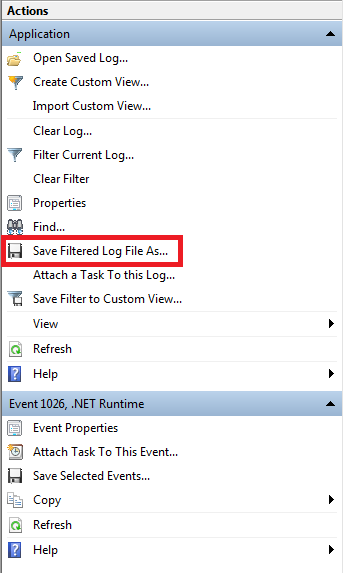How to send log files
Two distinct kinds of log files are generated. The first one refers to errors in the software that may cause crashes. The second kind of log file is recorded during printing and is viewed using the LogViewer.
LogViewer log file
In order to access the log files, after they have been fetched and merged, right click on the substrate name and select Open in Explorer.

To select the right files:
- Navigate to the
/matfolder - Select the log files
- Right click and select Send to -> Compressed (zipped) folder
- Use the newly created ZIP file as an e-mail attachment
CAPA log file
If you encounter an error or unexpected behavior in the software, you can send us an e-mail with the log files attached.
There are two types of log files which are of interest for us.
- Open the software
- Press F12 to open the directory containing the log files
- Select all files in the directory
- Right click and select Send to -> Compressed (zipped) folder
- Use the newly created ZIP file as an e-mail attachment
Event Viewer
- Open the start menu, type eventvwr.msc and press Enter
-
Choose Windows Logs -> Application

-
Apply a filter to only show events from the .NET Runtime

-
Export the events to a file and use it as an e-mail attachment

Providing context
In addition to log files, providing context can prove useful to find, reproduce and correct errors:
- How can the the issue be reproduced? What steps led to the error?
- A screenshot of the software showing the error message encountered can be sent with the mail in addition to the log files and context. If available, expand the error message.
